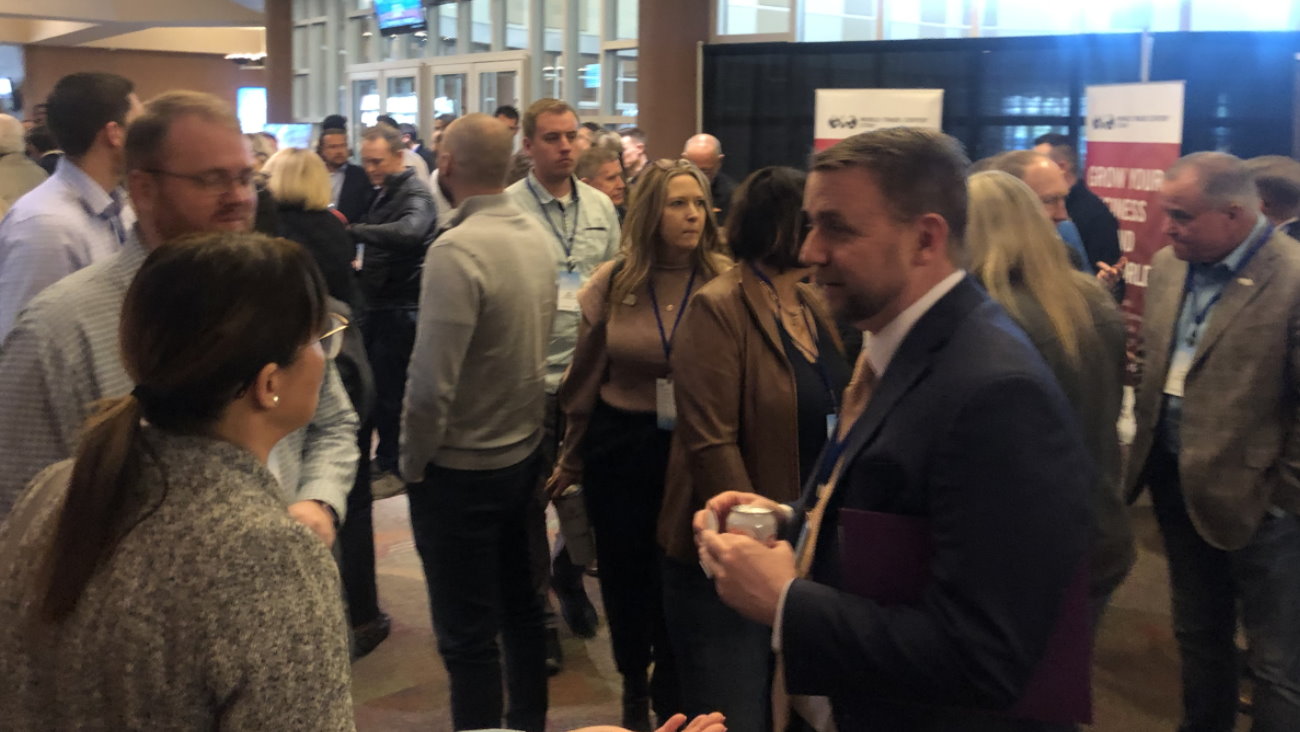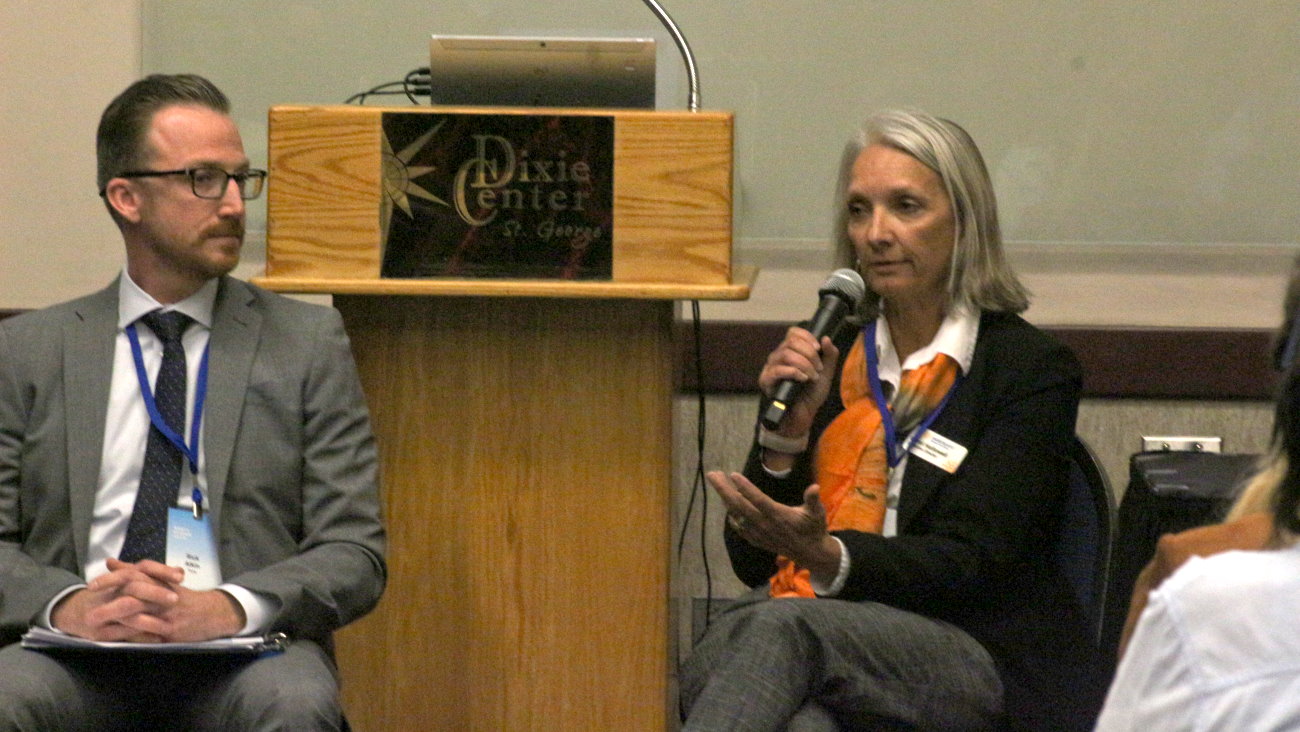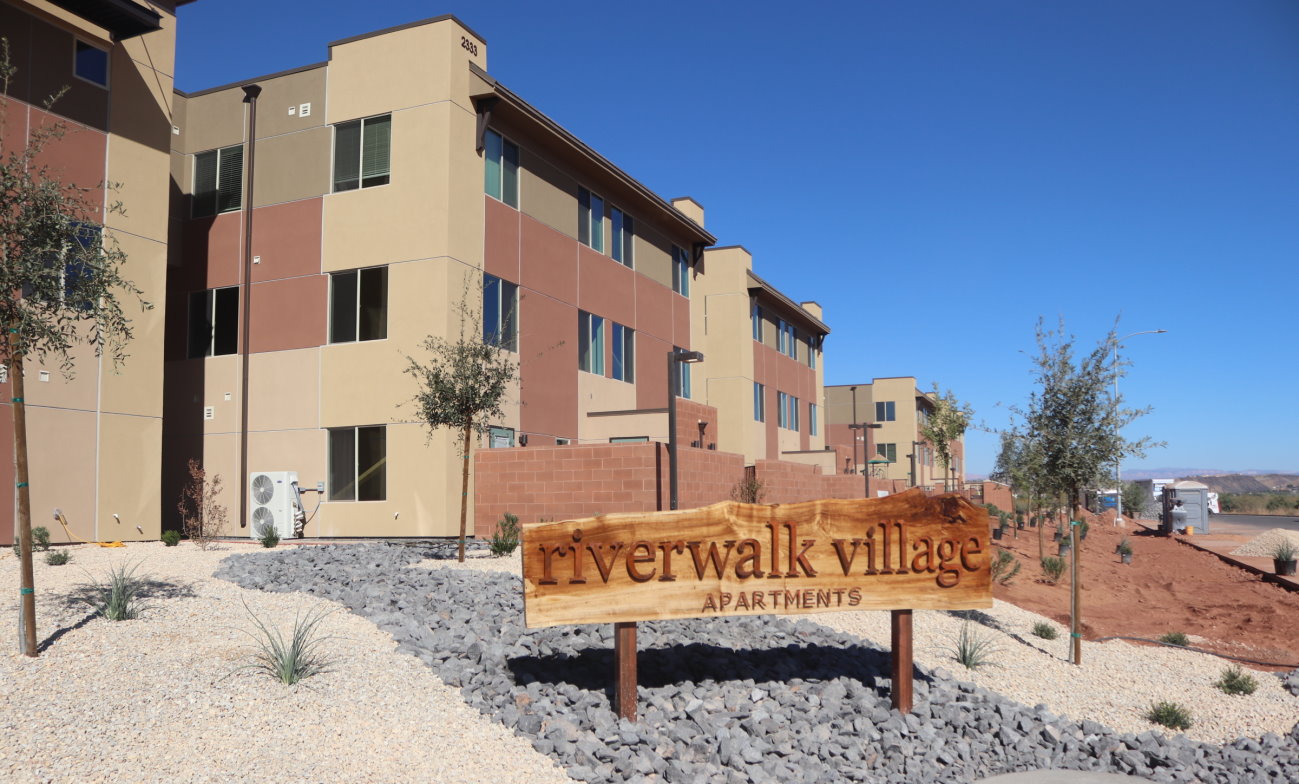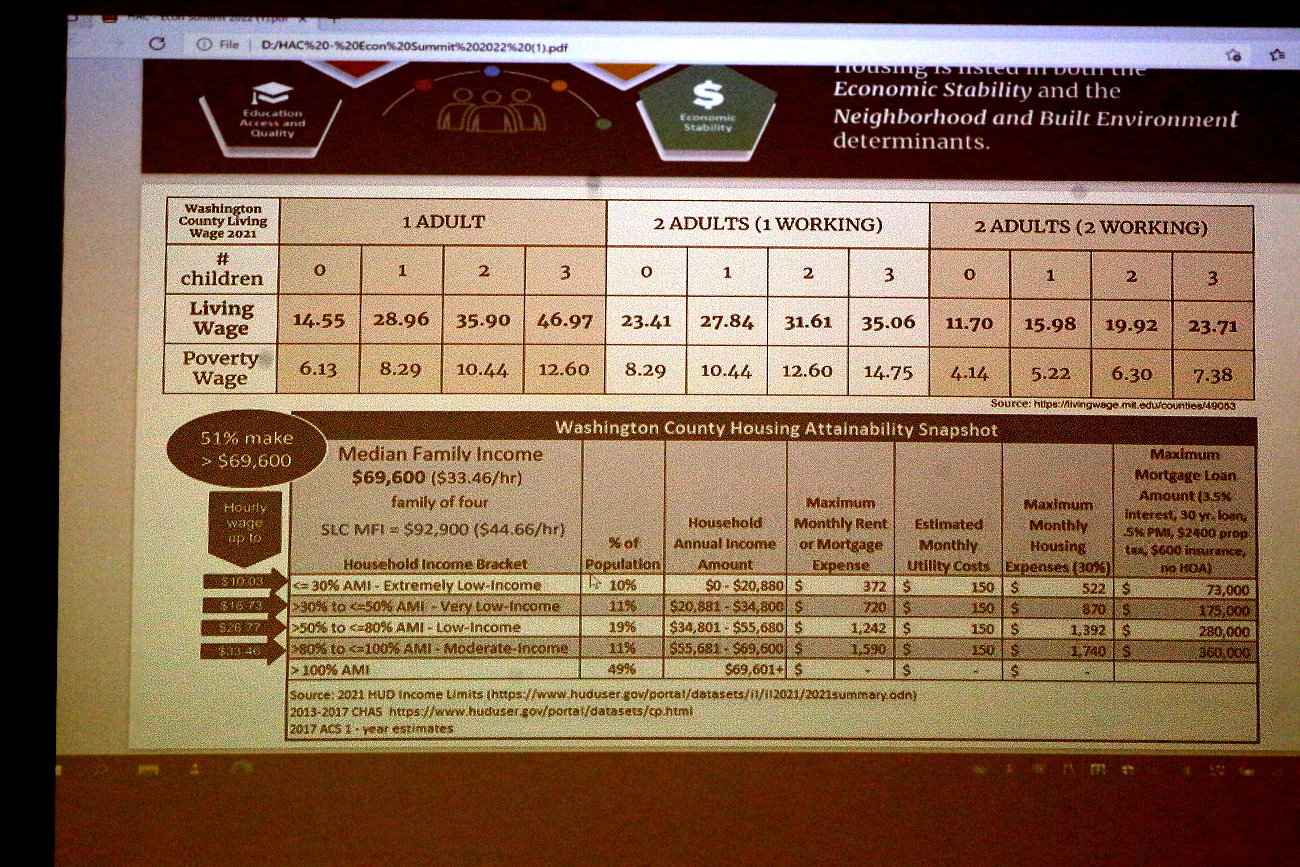ST. GEORGE — Attainable housing was the topic of the hour during one of the breakout sessions held during the “What’s Up Down South Economic Summit” held Thursday at the Dixie Convention Center.

Members of the Housing Action Coalition met in a panel to share their thoughts on some of the reasons behind the lack of attainable housing in Washington County and what may be done to help change that.
Shirlayne Quayle, the economic vitality and housing director for the city of St. George, moderated the panel and opened the discussion by saying attainable housing applies to more people than one may realize.
“When we talk about attainable housing in Washington County, really what we are talking about is housing for all ages and income levels,” she said.
This runs the gamut from seniors on fixed incomes to working professionals who are unable to find a home due to being priced out of the market.
Washington County’s average median income in 2020 was $69,600 for a family of four, according to data Quayle shared. It is estimated that 51% of the county’s population makes less that this amount.
The point of entry for buying a home in the county used to be considered about $200,000-$250,000. Now its over 500,000, said Kayo Skandunas, executive director of Southwest Habitat for Humanity.

“When you’re making 100% of the median income, you cannot afford a house here,” he said.
The housing crisis has been seen as a contributor to the labor shortage. While many people have quit to take better jobs elsewhere, some of those who come to St. George for work – even those who already have a job lined up – end up having to leave or possibly become homeless due to not being able to find someplace to buy or rent.
People buying homes as a way to make money rather than as a place to live is among the issues propping up the cost of housing in the area, Skandunas said.
“It’s really damaging.”
Another issue involves building costs. Amber Williams, who works for the developers of the Desert Color development, said land costs and supply chain woes are adding to the problem. Builders are also building on smaller lots because it’s too costly to build on larger ones.
Supply chain issues, even when builders buy at a premium, don’t guarantee when materials will finally become available and arrive, Williams said, adding that this has made construction time double in some cases.
“The challenge that we’re all facing is supply chain irregularity, costs increases, extended building times, how much your supplies are going to cost at the end,” she said.
These problems have added to housing costs jump 40-50%, Williams said.

Carol Hollowell, executive director of the Switchpoint Community Resource Center, said they have seen a “great increase” in homelessness in the last seven years.
“Not due to transience,” she said, “but by being out-priced. There’s nowhere to go.”
Switchpoint’s mission is to help those in need get back on their feet and become a self-reliant. It can’t do that if there’s no housing available, Hollowell said.
So what can be done to help alleviate the problem?
For Switchpoint’s part, it built an apartment complex that has both subsidized and market-rate units. The RiverWalk Village hosts 55 units with “an eclectic mix” of residents, Hollowell said, adding that no one there knows who is in a subsidized apartment or is paying a market rate.
“That’s only 55 units though,” she said. According to a survey of housing needs in the county Switchpoint previously conducted, there is immediate need for 1,400 units.

Switchpoint is planning to add some more units in the form of small studio apartments converted from a local hotel, Hollowell said.
Switchpoint has already done this for veterans with a hotel in the Salt Lake City area.
Converting old hotels and other structures like old malls and warehouses into housing provides a cheaper alternative to building new, Hollowell said, adding that people really should start to think out of the box when it comes to combating the housing crisis.
“It gives us the capacity to open something for $84,000 or $90,000 a unit versus $325,000 a unit for the same size,” she said.
Desert Color is also doing what it can despite issues with construction cost.
Williams said the development has been designed with a mix of housing types in mind. For example, on one street you may see a $1 million home, while across from it will be $300,000 town homes.
There haven’t been any concerns raised about property values as one might expect when apartments, town homes, or multifamily units are built next to homes, Williams said, and she credits that to the neighborhood overall sharing the same aesthetic.

Keeping the common design, with a mix of housing types in the same neighborhood, is meant to help build cohesion within the neighborhood. It is also done to avoid marginalizing individuals and families who may have a lower socioeconomic status, Williams said.
Hollowell said she loves this concept.
“It’s hard to build a lot of units and be inclusive with certain populations,” she said.
Another way the Housing Action Coalition members aim to aid people in need of housing is by recognizing their personal needs and circumstances. A retired resident may be happy living in an RV in a trailer park, while a young family may hope to live near a school or in town. Others may not mind living on the outskirts of town.
Quayle said the coalition is not targeting a specific demographic in the community.
“We’re taking about the needs of every single individual who lives and works (here),” she said.
Copyright St. George News, SaintGeorgeUtah.com LLC, 2022, all rights reserved.